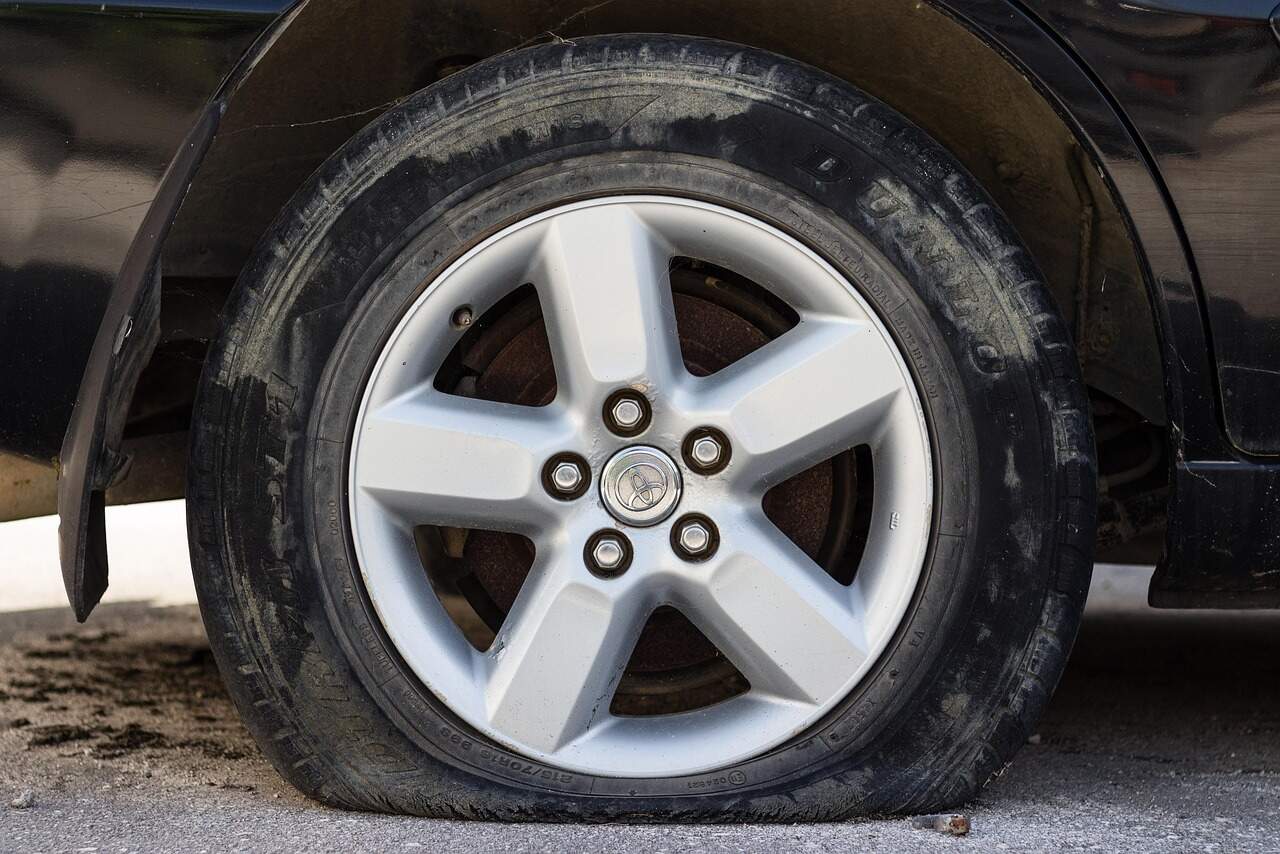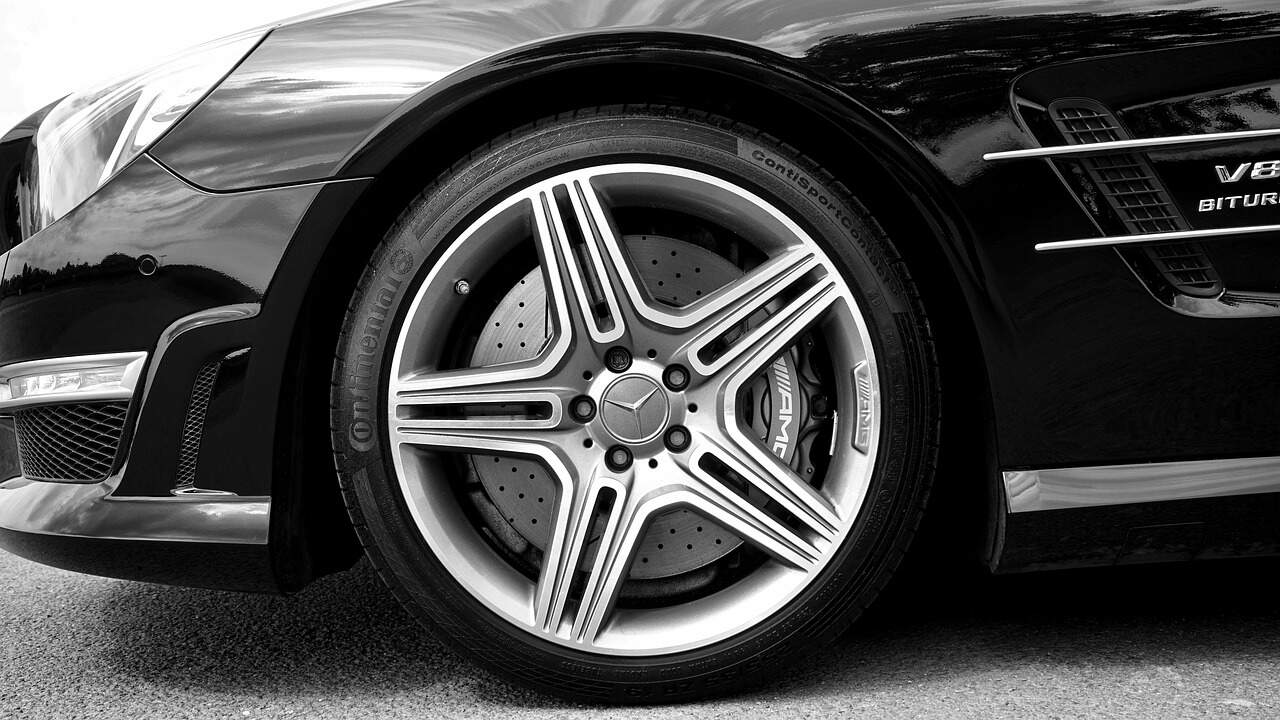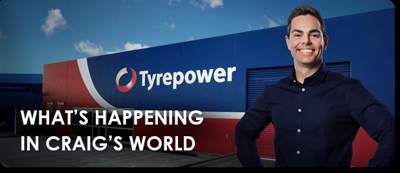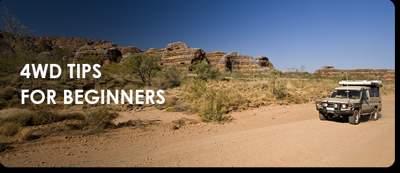If you’re in the market for a new car, before you get caught up in all of the bells and whistles of what is on offer, be sure to check each car’s safety rating before you buy.
According to the Australian New Car Assessment Program (ANCAP), the more stars the better when it comes to safety ratings, regardless of whether you’re buying a new or used car.
ANCAP provides independent advice and information about the level of safety and protection offered by vehicles in serious crashes. Vehicles are awarded star ratings based on how they perform in these situations – the higher the ANCAP star rating, the better the vehicle fared in the tests.
Many modern cars are well equipped with fantastic and essential safety features. According to the SA Government and howsafeisyourcar.com.au some to look out for are:
- Airbags: Most new cars have front and side driver and passenger airbags. Cars should also be fitted with curtain airbags for all seating positions.
- Electronic Stability Control (ESC): For a car to be awarded a 5 star safety rating, it must have ESC. It is a computer-based system that helps drivers to maintain control of their vehicles, particularly in wet weather when roads are slippery. ESC continuously monitors the vehicle’s speed, steering wheel angle, direction of travel and cornering acceleration, automatically applying individual brakes if there is a risk of skidding or overturning.
- Antilock Braking System (ABS): ABS reduces the risk of tyres skidding under heavy braking, and allows the driver to maintain steering control.
- Headrests: All seats in a car should be fitted with headrests, as they assist in preventing whiplash in a crash.
- Autonomous Emergency Braking (AEB): AEB can help avoid crashes altogether, or at the very least it can assist in slowing the vehicle. The technology uses forward-looking radar or video cameras to monitor the view ahead of the car and alert the driver of impending dangers. If the driver doesn’t respond to the alerts, the car applies its brakes independently.
- Brake Assist: This measures the speed and force of brake application to determine whether the driver is attempting an emergency stop. If so, the system will then apply additional brake pressure to allow the driver to take full advantage of the ABS which prevents wheel lock-up.
- Roadworthiness: Ensure your car is sold with a roadworthy certificate if it’s being sold second-hand. Roadworthy vehicles are those that are fit for use on the road, and they comply with standard vehicle requirements. Driving an unroadworthy vehicle is extremely dangerous both for yourself and other road users.
- Traction Control: This optimises the grip and stability of the car on the road during acceleration by measuring wheel rotation. It stops wheel spin by reducing engine power or temporarily applying the brakes to that wheel, allowing the car to accelerate smoothly, even on slippery surfaces.
- Crumple zones and reinforced occupant compartment: Protecting the occupants of the vehicle, crumple zones absorb the energy generated on impact during an accident. The crumple zones give way, while the structural integrity of the cabin is maintained to protect the driver and passengers. Similarly, with a reinforced occupant compartment, the cabin of the car is designed like a cell, making it difficult for the engine to breach the compartment in a front-on crash.
In addition, it is imperative that you frequently inspect your tyres for any damage, wear and tear. In order to determine whether your tyres are in good working order, it’s important to assess a number of factors.
First, check the air pressure in each tyre – this is best done when the tyres are cold and using an accurate gauge. This check should be performed on a regular basis throughout the year, as tyre pressure can become inadequate at any time.
The tyres should also be checked to ensure they have adequate tread depth. If the tread falls below 1.6mm it is extremely important to replace them as soon as possible. This is particularly urgent if you are driving in wet conditions. Tyres have indicators in their tread pattern which appear as lines across the tread when they are reduced to 1.6mm.
Also check if any foreign objects have been embedded in the tread and be sure to remove all stones and other objects. As part of your tyre check, ensure there are no bulges and cuts in the sidewall. If there are, be sure to have the tyres examined by an expert, as damage may be more serious than it appears.
If you need assistance inspecting your tyres, or you believe your tyres may need replacing, visit your local Tyrepower store and chat to an expert. You can find you closest store by visiting www.tyrepower.com.au/stores



























